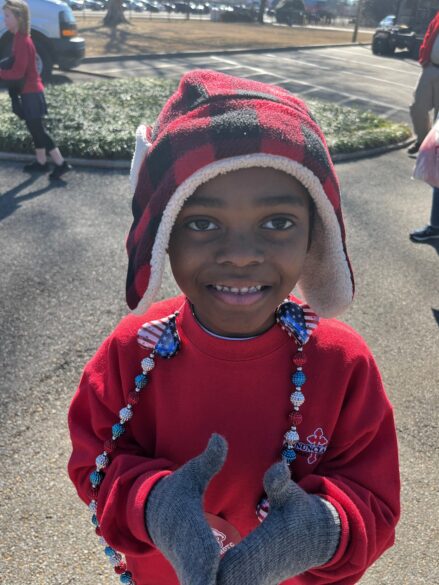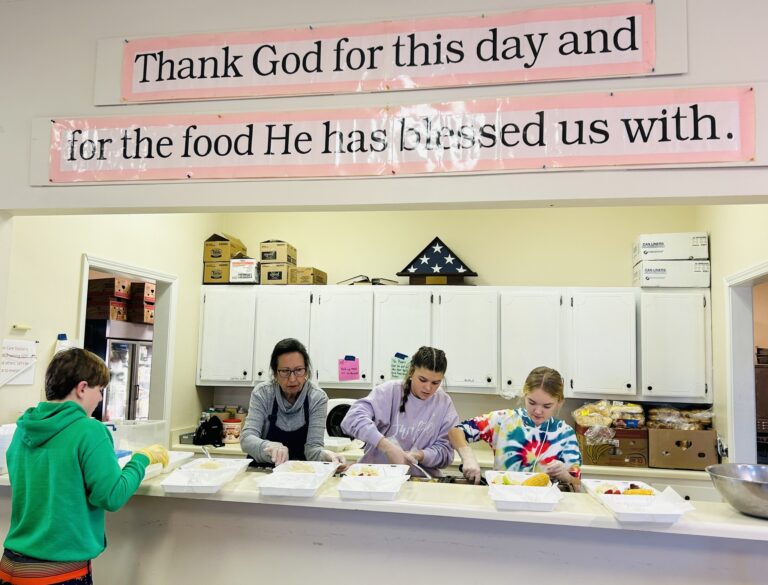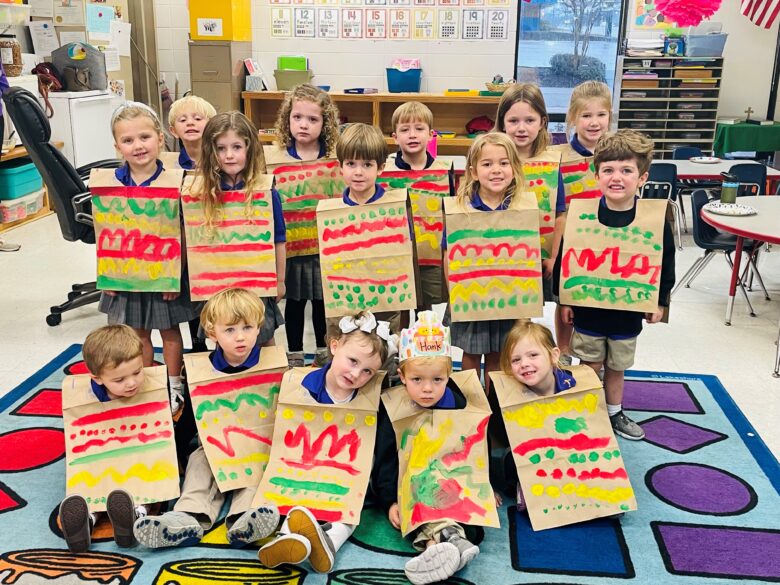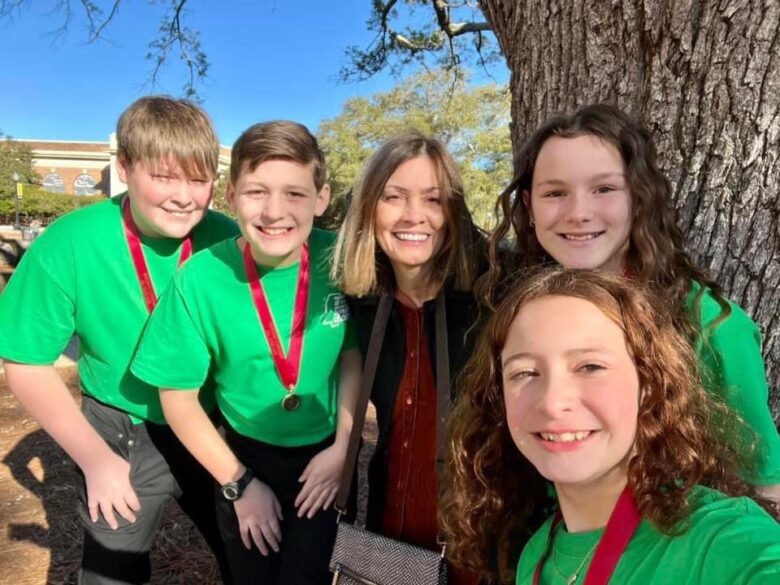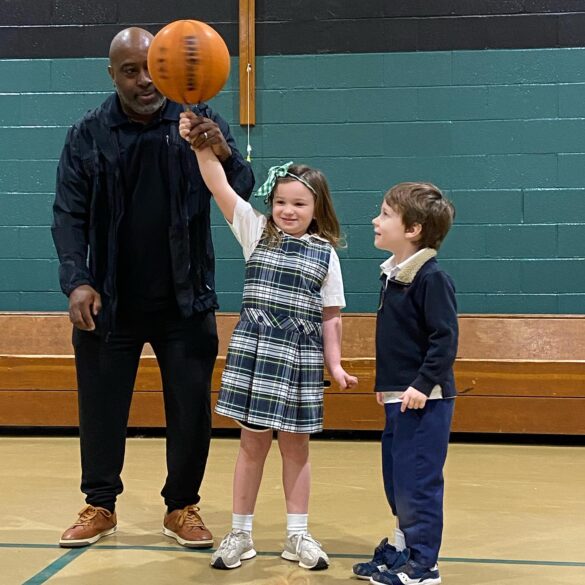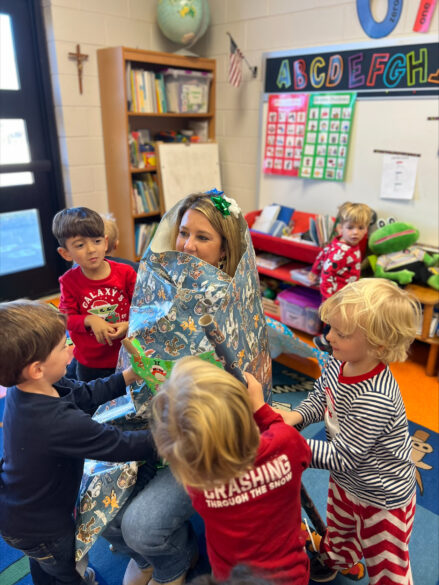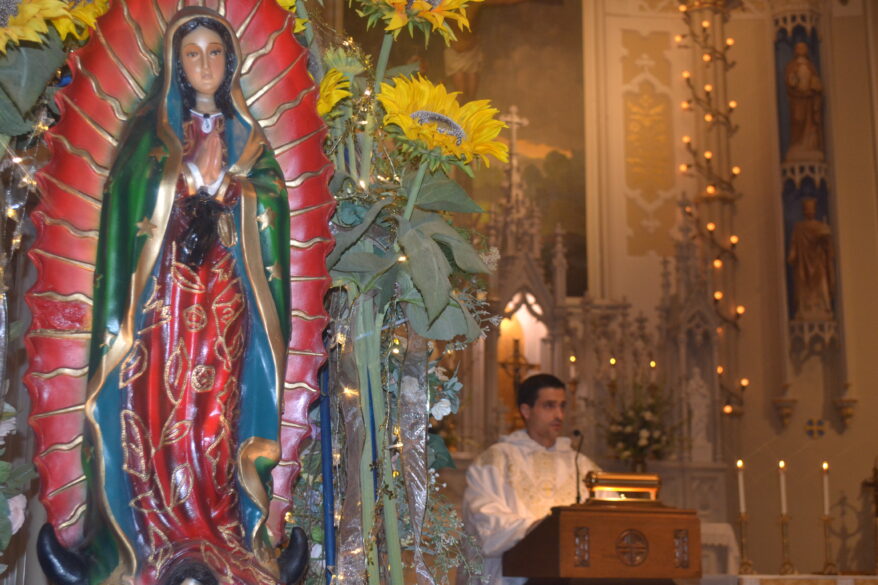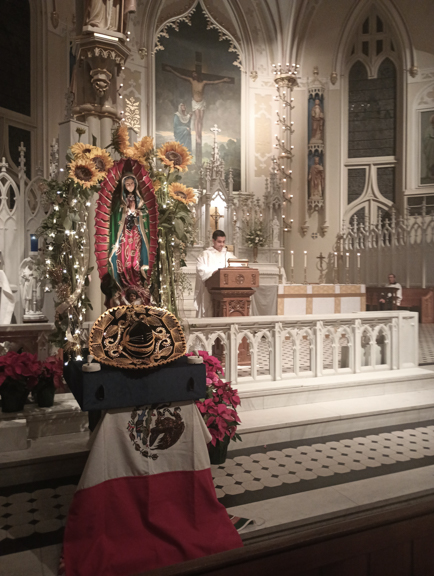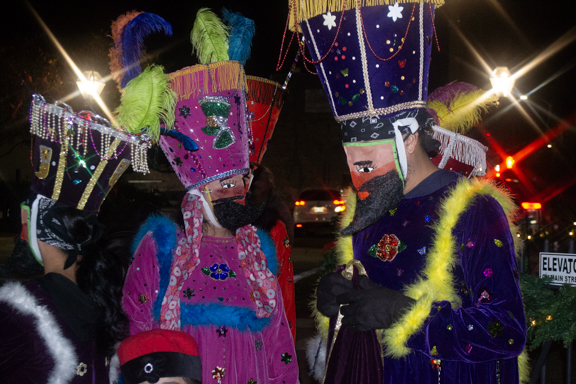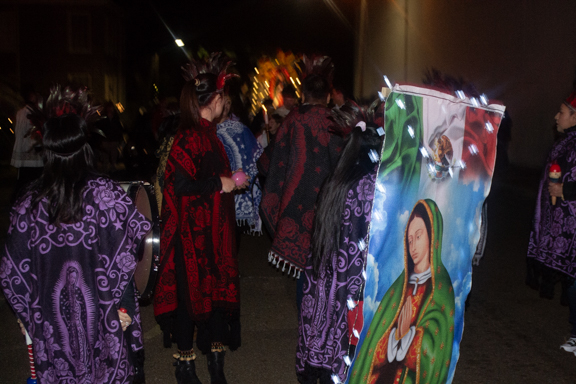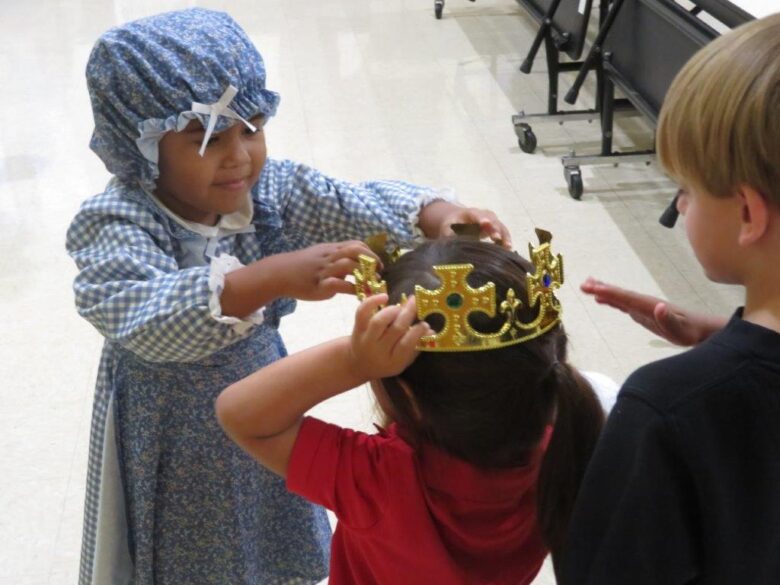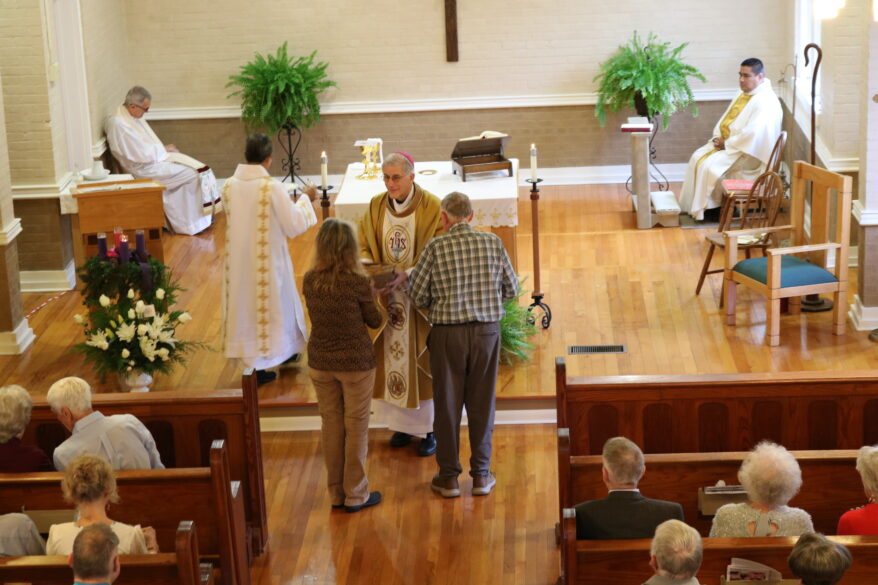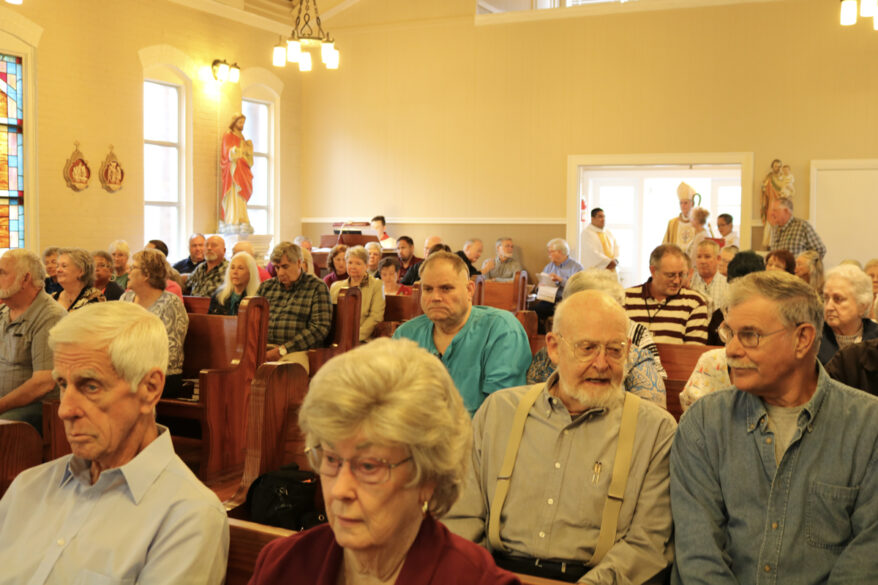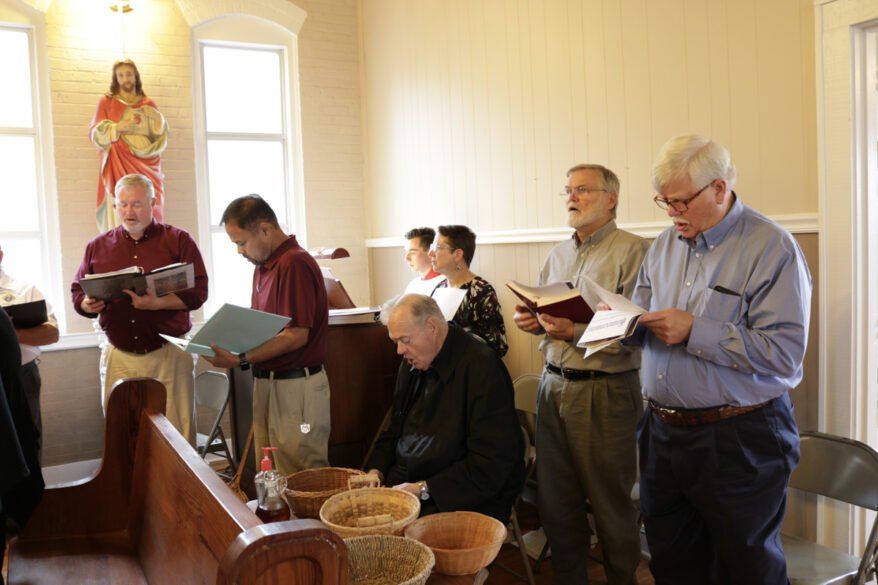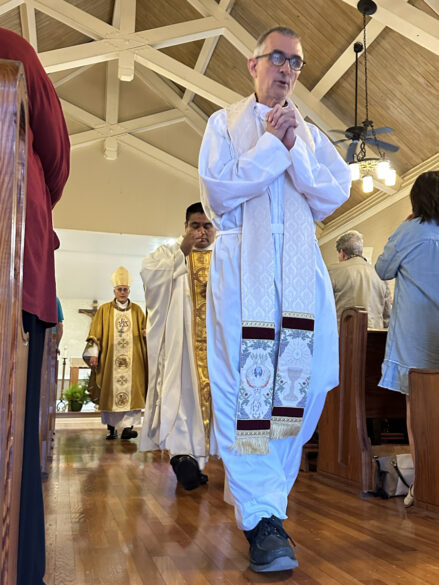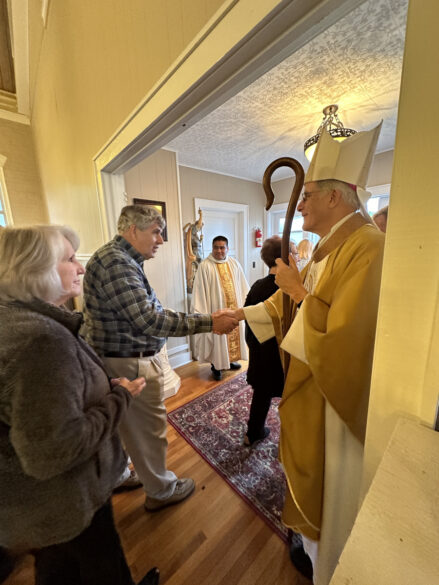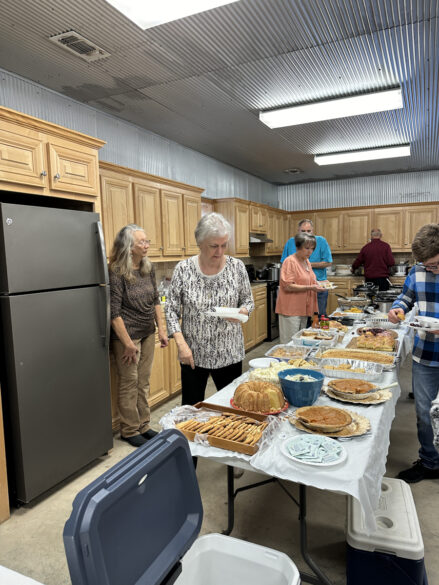SEEK24


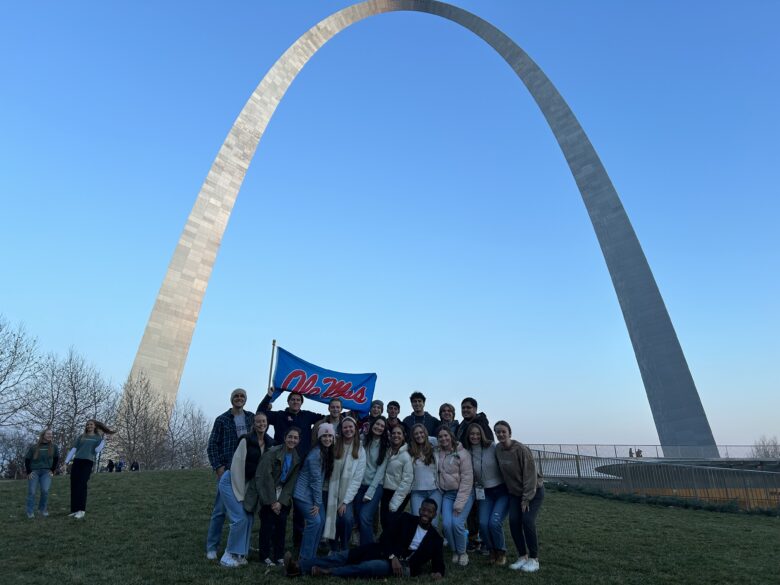

By Alex Barfield
ST. LOUIS, Mo. – College students from Mississippi joined approximately 20,000 others for a five-day conference focused on faith in St. Louis from Jan. 1-5.
The University of Mississippi brought a group of 18 students, and Mississippi State brought about 80 students.
SEEK is a national conference organized by the Fellowship of Catholic University Students (FOCUS).
Each day, students attended Mass in the former hockey arena, listened to speakers like Father Mike Schmitz, and formed community with the universal church.
“SEEK was the most incredible experience that I had no idea I needed so much! Getting to hear the most amazing speakers, meeting so many people on fire for the Lord, and singing and worshipping alongside 20,000 other students truly made me fall in love with the Catholic Church in a whole new way,” said Olivia DeGravelle, sophomore.
“SEEK 24 was yet another reminder to me that the Catholic Church is alive and thriving! I encountered Christ through the many interactions I had with fellow college students, through powerful speakers, and through the sacraments. The Holy Spirit is undoubtedly doing incredible things,” said, Frank Galeziewski, senior.
A yearly event, the SEEK conference will be held in Salt Lake City, UT as its main location in January 2025.
(Alex Barfield is the campus minister at The University of Mississippi through St. John the Evangelist parish in Oxford.)
High School Confirmation Retreat – MACON
St. Michael parish in Forest


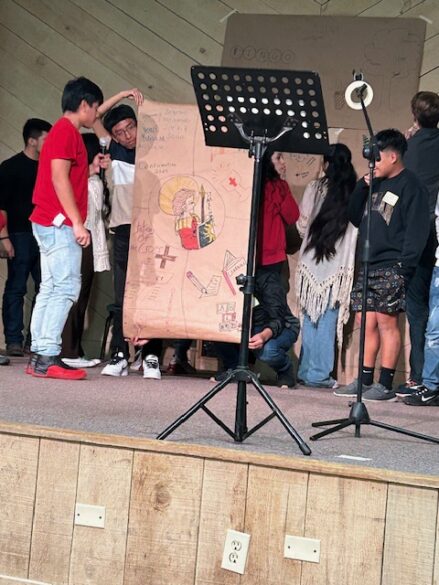
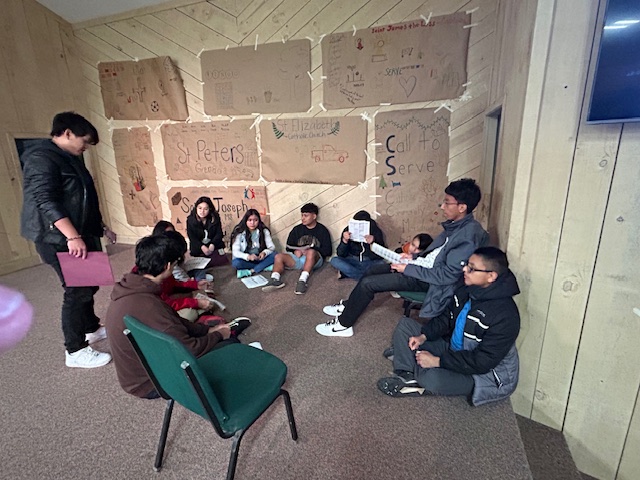
St. Peter parish in Grenada






